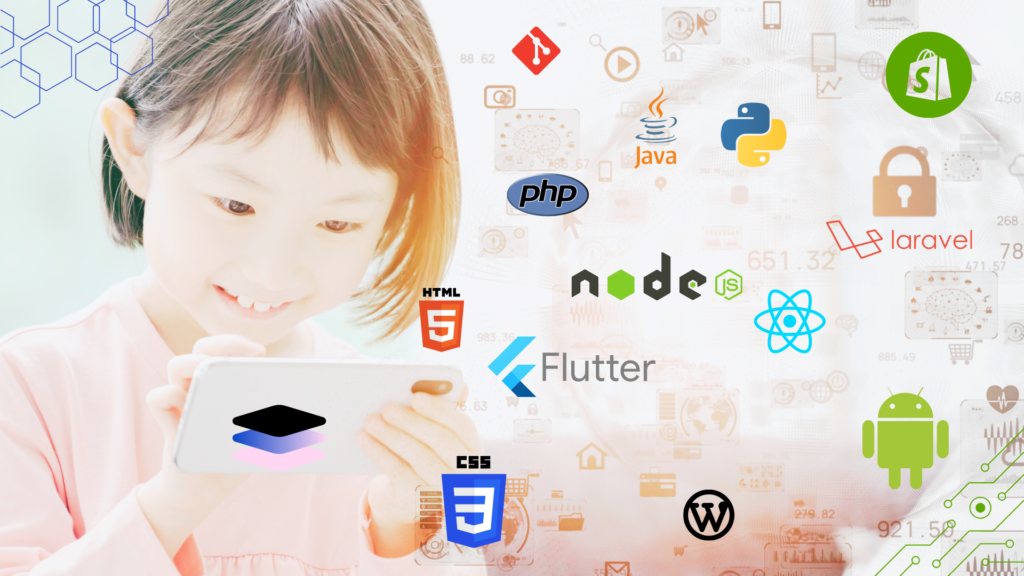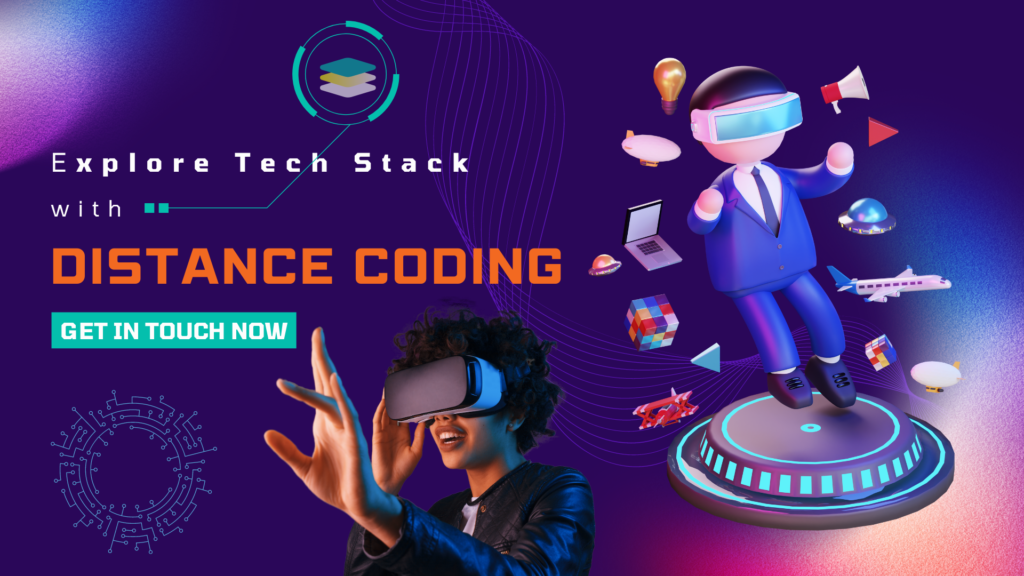Welcome, native enthusiasts! In this blog, we will embark on a quest to unravel the secrets of native mobile application development. We’ll not only explore the architecture that underpins native apps but also navigate the captivating tech stack and technologies associated with them. Get ready to equip yourself with the knowledge of both architectural prowess and the technological wonders that bring your app to life.

Understanding Native Applications
Native apps are crafted specifically for the platform they run on, be it iOS or Android. Picture this: if you want your app to conquer iPhones, you’ll wield the mighty Objective-C or Swift in Xcode, releasing it exclusively on the App Store for iOS users. But to conquer the Android kingdom, you’ll need to rewrite the app from scratch using Java or Kotlin in Android Studio and unleash it on the Google Play Store for Android users.
Now, hold your horses, because this approach does come with a caveat: development costs and time. With native apps, you’ll need to rebuild your app for each platform you want to support. It’s like crafting a tailored suit for every operating system. And hey, let’s not forget about the ongoing support, maintenance, and updates that need to be independently provided for each platform. But fear not, for the benefits do shine through!
Native apps boast top-notch performance and deliver the best user experience in the land. Since they’re developed directly on the platform, they have an all-access pass to the device’s abundant features. Fancy utilizing the GPS, Camera, or Push Notifications? Native apps make it a breeze. It’s like having a backstage pass to the coolest party in town!
They not only excel in performance and user experience but also in aesthetics. Native apps perfectly blend into the platform’s design choices. It’s like having an app that seamlessly fits into the visual language of iOS or Android, making users feel right at home. They get the familiar and consistent experience they desire.
Access to APIs is another perk of native apps. They have a wide and well-defined set of APIs at their disposal. It’s like having a treasure trove of functionalities readily available. Need to tap into the device’s sensors, use native libraries, or harness advanced features? Native apps make it possible.
And let’s not forget about accessibility. Native apps are directly accessible to a specific customer base through the platform’s app store. It’s like having a VIP ticket to the right audience. You can reach your target market easily and have your app discovered by users who are already exploring the app store.
So, whether you choose the native path, with its platform-specific wonders, remember that the choice depends on your project’s unique needs and desired user experience. Harness the power of development and create apps that conquer the hearts of users on their chosen platforms. Happy coding, fellow adventurers!

Understanding the Tech Stack and Technologies
Let’s familiarize ourselves with the tech stack and technologies commonly associated with mobile app development. The tech stack encompasses the tools, frameworks, and languages used to build and run your app, while the technologies are the specific components that make up the stack.
Anecdote: Imagine you’re preparing a sumptuous meal. The tech stack is like your kitchen, equipped with various appliances and tools, while the technologies are the individual ingredients that add flavor and texture to your culinary creation. Let’s explore these ingredients!
1. Model-View-Controller (MVC):
Tech Stack:
– Language: Objective-C or Swift for iOS, Java or Kotlin for Android
– Frameworks: UIKit for iOS, Android SDK for Android
– Database: Core Data for iOS, SQLite for Android
Technologies:
– Model: Responsible for data management and storage. It can be implemented using Core Data, SQLite, or other databases.
– View: Handles the user interface, using UIKit for iOS or XML layouts for Android.
– Controller: Manages the flow of data between the Model and View, utilizing language-specific frameworks (UIKit for iOS, Android SDK for Android).
2. Model-View-Presenter (MVP):
Tech Stack:
– Language: Objective-C or Swift for iOS, Java or Kotlin for Android
– Frameworks: UIKit for iOS, Android SDK for Android
– Database: Core Data for iOS, SQLite for Android
Technologies:
– Model: Deals with data handling and storage, similar to the MVC pattern.
– View: Presents the user interface, employing UIKit for iOS or XML layouts for Android.
– Presenter: Acts as the mediator between the View and Model, facilitating communication and business logic. It leverages language-specific frameworks (UIKit for iOS, Android SDK for Android).
3. Model-View-ViewModel (MVVM):
Tech Stack:
– Language: Swift for iOS, Kotlin for Android
– Frameworks: SwiftUI for iOS, Jetpack Compose for Android
– Database: Core Data for iOS, Room for Android
Technologies:
– Model: Handles data management and storage, utilizing Core Data for iOS or Room for Android.
– View: Represents the user interface, built using SwiftUI for iOS or Jetpack Compose for Android.
– ViewModel: Acts as the bridge between the View and Model, facilitating data binding and UI-related logic. It leverages language-specific frameworks (SwiftUI for iOS, Jetpack Compose for Android).

Factors Influencing the Tech Stack and Technologies
1. Platform Compatibility:
Consider the compatibility of the tech stack and technologies with the target platforms. Ensure the chosen stack supports the languages, frameworks, and databases relevant to iOS and Android.
2. Developer Expertise:
Evaluate your team’s expertise and familiarity with the languages and frameworks associated with each architecture. Choose a stack and technologies that align with your team’s skill set for efficient development.
3. Project Requirements:
Analyze the specific requirements of your project, such as performance, scalability, or integration with external systems. Select technologies that fulfill these requirements effectively.

As we wrap up this topic, you now possess a clear understanding of not only the architecture for your mobile application but also the tech stack and technologies associated with it. Just like a skilled chef curates the perfect blend of ingredients for a mouthwatering dish, choose a tech stack and technologies that align with your architecture, platform compatibility, developer expertise, and project requirements.
Remember, the tech stack and technologies are the building blocks that breathe life into your app’s architecture. So, select them wisely, craft a seamless user experience, and let your app shine as a masterpiece in the vast mobile app landscape. Happy coding!
Contact Distance Coding https://calendly.com/distancecoding/30min today to discuss your unique needs and discover tailored solutions that align with your goals. We are here to help. Let’s talk and get to know each other. Looking forward to hearing from you.
Distance Coding – www.distancecoding.agency




